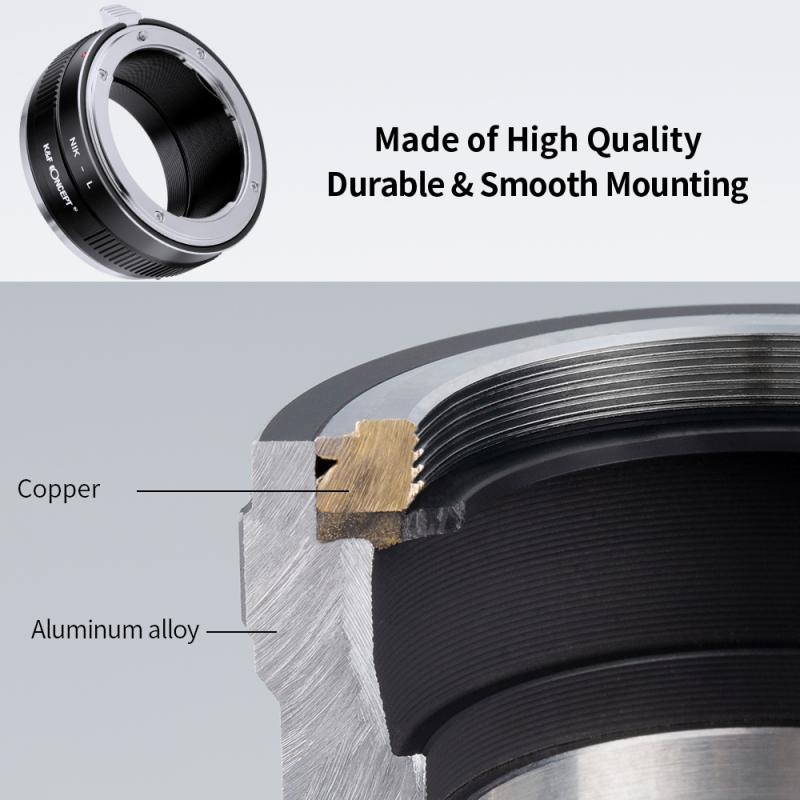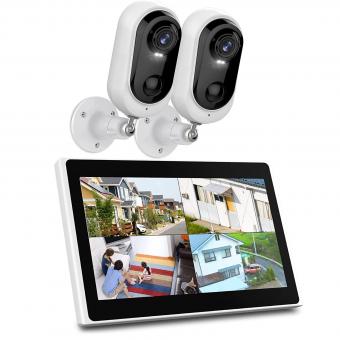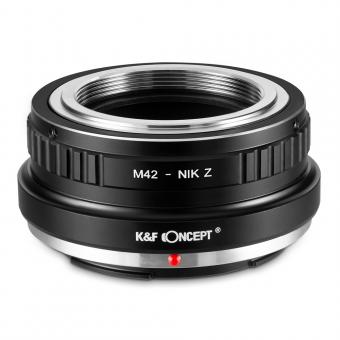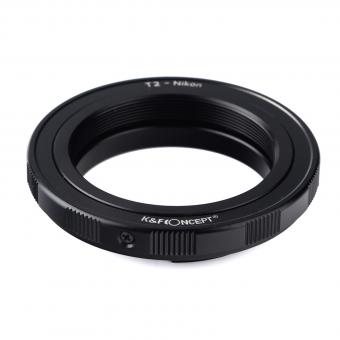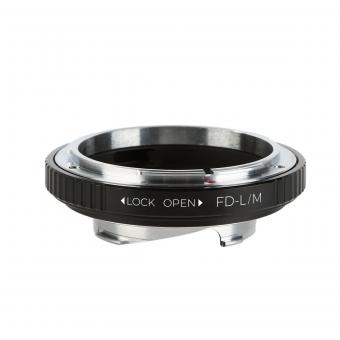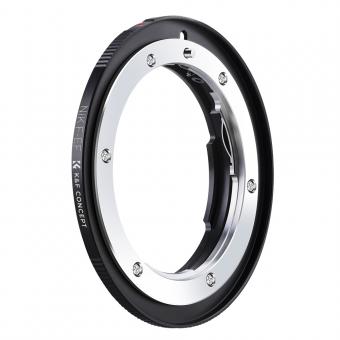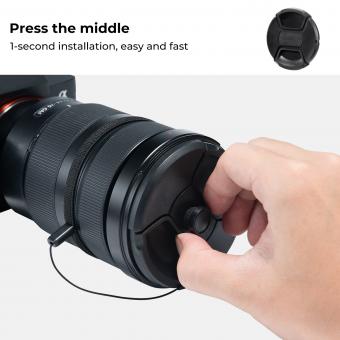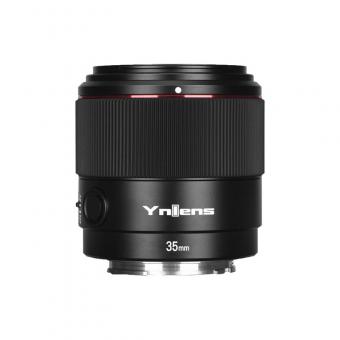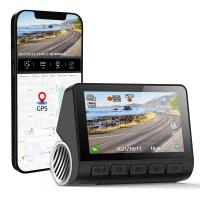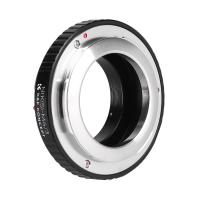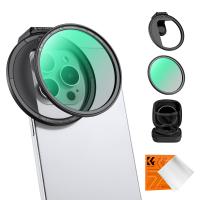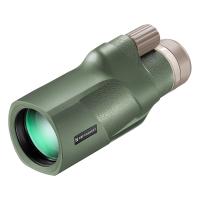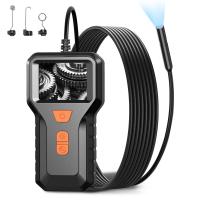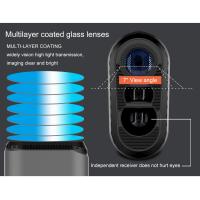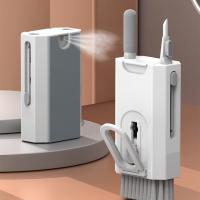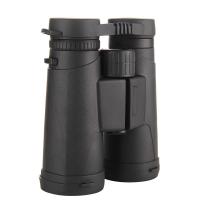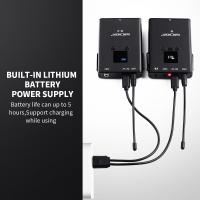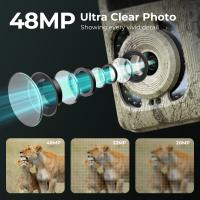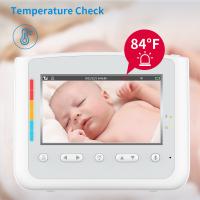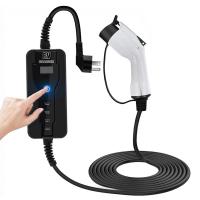How To Use Nvr With Ip Camera ?
To use an NVR (Network Video Recorder) with an IP camera, you need to follow these steps:
1. Connect the IP camera to the same network as the NVR.
2. Configure the IP camera's settings, such as IP address, subnet mask, gateway, and port number.
3. Log in to the NVR and add the IP camera to the device list.
4. Configure the NVR's settings, such as recording schedule, motion detection, and video playback.
5. View the live or recorded video footage from the IP camera on the NVR's monitor or through a remote access app.
It's important to ensure that the IP camera and NVR are compatible with each other and that they support the same video compression format, such as H.264 or H.265. Additionally, make sure that the NVR has enough storage capacity to store the recorded video footage from the IP camera.
1、 NVR Overview and Functionality
How to use NVR with IP camera:
NVR (Network Video Recorder) is a device that records and manages video footage from IP cameras. To use NVR with IP cameras, you need to follow these steps:
1. Connect the IP cameras to the NVR using Ethernet cables.
2. Configure the IP cameras to connect to the NVR. This can be done using the camera's web interface or through the NVR's software.
3. Set up the NVR's recording settings. You can choose to record continuously or only when motion is detected.
4. Access the NVR's video footage through its software or web interface. You can view live footage, playback recorded footage, and export footage to a USB drive or other storage device.
NVRs offer several advantages over traditional DVRs (Digital Video Recorders). They are more flexible, scalable, and offer higher video quality. They also allow for remote access, so you can view your video footage from anywhere with an internet connection.
The latest point of view on NVRs is that they are becoming more popular as the demand for high-quality video surveillance increases. They are also becoming more affordable, making them accessible to a wider range of businesses and individuals. Additionally, many NVRs now offer advanced features such as facial recognition and object tracking, making them even more powerful tools for security and surveillance.

2、 IP Camera Compatibility and Configuration
How to use NVR with IP camera is a common question among those who want to set up a surveillance system. NVR or Network Video Recorder is a device that records video from IP cameras and stores it on a hard drive. IP cameras are digital cameras that transmit video over an IP network. To use NVR with IP cameras, you need to ensure that the cameras are compatible with the NVR and configure them properly.
IP Camera Compatibility and Configuration:
1. Compatibility: Before purchasing an IP camera, make sure it is compatible with the NVR you plan to use. Check the NVR manufacturer's website for a list of compatible cameras.
2. Configuration: Once you have compatible cameras, you need to configure them to work with the NVR. Connect the cameras to the same network as the NVR and assign them unique IP addresses. Configure the cameras to use the same video codec and resolution as the NVR.
3. Recording: Once the cameras are configured, you can start recording. The NVR will automatically detect the cameras and start recording video. You can set up motion detection and other recording settings to optimize storage space.
4. Viewing: You can view the recorded video on the NVR or remotely using a web browser or mobile app. Make sure to set up remote access to the NVR and configure the necessary ports on your router.
The latest point of view is that many NVRs now come with built-in PoE (Power over Ethernet) ports, which simplify the installation process by allowing you to power the cameras and transmit data over a single cable. Additionally, some NVRs now support AI (Artificial Intelligence) features such as facial recognition and object detection, which can enhance the effectiveness of your surveillance system.
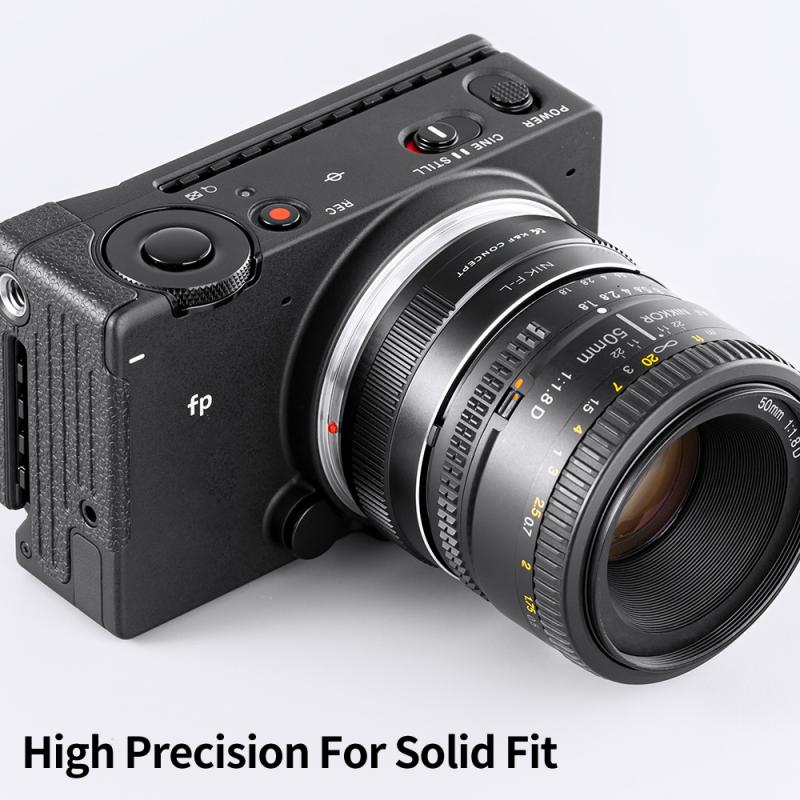
3、 Network Setup and Integration
How to use NVR with IP camera involves a few steps to ensure proper network setup and integration. First, it is important to ensure that the IP camera is compatible with the NVR. This can be done by checking the manufacturer's specifications or consulting with a professional.
Once compatibility is confirmed, the IP camera should be connected to the same network as the NVR. This can be done by connecting the camera to a router or switch using an Ethernet cable. The NVR should also be connected to the same network using an Ethernet cable.
After the physical connections are made, the IP camera should be configured to communicate with the NVR. This can be done by accessing the camera's settings and entering the NVR's IP address. The NVR should also be configured to recognize the IP camera by adding it to the device list.
Once the camera is recognized by the NVR, it can be configured for recording and monitoring. The NVR software should allow for easy configuration of recording schedules, motion detection, and other settings.
It is important to note that the latest point of view in using NVR with IP camera involves the use of cloud-based NVR solutions. These solutions allow for remote access and management of the NVR and IP cameras from anywhere with an internet connection. This can be particularly useful for businesses or homeowners who want to monitor their property while away.
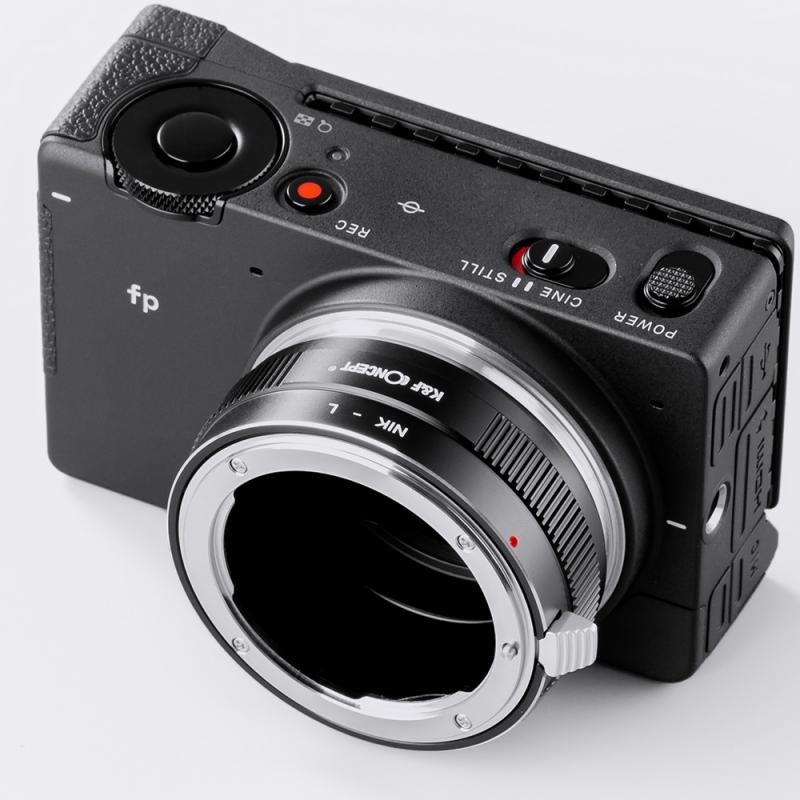
4、 NVR and IP Camera Management
How to use NVR with IP camera is a common question among those who want to set up a surveillance system for their home or business. NVR stands for Network Video Recorder, which is a device that records and stores video footage from IP cameras. IP cameras, on the other hand, are cameras that use the internet to transmit video data.
To use NVR with IP camera, you need to follow these steps:
1. Connect the IP cameras to the same network as the NVR. This can be done by connecting the cameras to a router or switch using Ethernet cables.
2. Configure the IP cameras to work with the NVR. This involves setting up the cameras to transmit video data to the NVR using the appropriate protocols.
3. Install and configure the NVR software on your computer or mobile device. This software allows you to view and manage the video footage recorded by the NVR.
4. Set up the recording schedule and other settings for the NVR. This includes setting up motion detection, configuring alerts, and setting up remote access.
5. Monitor the video footage recorded by the NVR using the software. You can view live video feeds, playback recorded footage, and manage the cameras and NVR settings.
The latest point of view on NVR and IP camera management is that these technologies are becoming more advanced and user-friendly. Many NVRs now come with built-in software that makes it easy to set up and manage IP cameras. Additionally, cloud-based NVRs are becoming more popular, allowing users to store and access their video footage from anywhere with an internet connection. Overall, NVR and IP camera management is becoming more accessible and affordable, making it a viable option for home and business surveillance.
